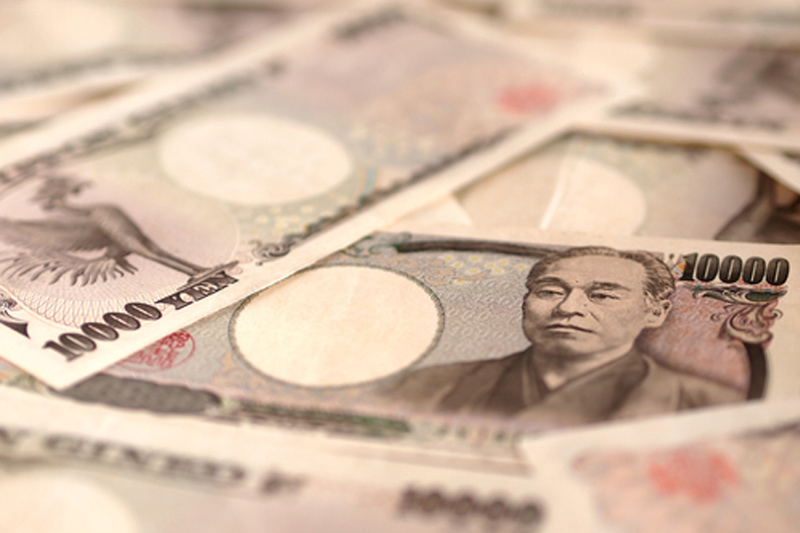Investing.com - The Aussie recovered in Asia on Monday, though the yen traded weaker despite upbeat wages data.
AUD/USD traded at 0.7045, up 0.01%, retracing earlier losses linked to China's economy. USD/JPY changed hands at 123.45, up 0.24%.
In Japan average cash earnings for September rose 0.6%, better than the gain of 0.5% seen year-on-year.
On Sunday, China said the October trade surplus came in at $61.64 billion, a tad more than $60.34 billion in September, with exports down 6.9% as imports slumped 18.8%.
October's trade surplus came in at a new monthly record due to a steeper drop in imports rather than any improvement in exports. The strong trade surplus partially explained a surprise rise in China's foreign exchange reserves
announced on Saturday.
China's foreign-exchange reserves rose by $11.387 billion in October from September, the first monthly increase in six months, suggesting the wave of capital outflows that's spooked markets may be abating.
While the PBOC may be happy with the surplus, which helps offset capital outflows and ease yuan depreciation pressure, both exports and imports fell more than expected, pointing to weak demand at home and abroad.
Imports have now dropped for 12 straight months, and have fallen by more than 10% for three consecutive months since the PBOC's yuan devaluation in early August which eroded the currency's purchasing power.
The U.S. dollar index, which measures the greenback’s strength against a trade-weighted basket of six major currencies, was quoted down 0.06% at 99.23.
In the week ahead, investors will be looking ahead to Friday’s U.S. data on retail sales, producer prices and consumer sentiment for fresh indications on the likelihood of a December rate hike.
Tuesday’s inflation figures from China will also be in focus, along with Friday’s preliminary data on economic growth in the euro area.
On Monday, the Eurogroup of euro zone finance ministers are to hold talks in Brussels.
Last week, the dollar rallied to seven-month highs against the other major currencies on Friday after a far stronger than expected U.S. jobs report reinforced expectations for a rate hike by the Federal Reserve next month.
The Labor Department reported that the U.S. economy added 271,000 jobs last month, well ahead of expectations of the 180,000 expected by economists and the largest increase since December.
The unemployment rate fell to a seven-and-a-half year low of 5.0%.
The robust data paved the way for the Fed to raise interest rates at its December meeting, a move that would make the dollar more attractive to yield-seeking investors.
Earlier in the week, Fed Chair Janet Yellen said that the U.S. economy was performing well, and that December would represent a “live possibility” for raising interest rates if upcoming economic data supported it.
